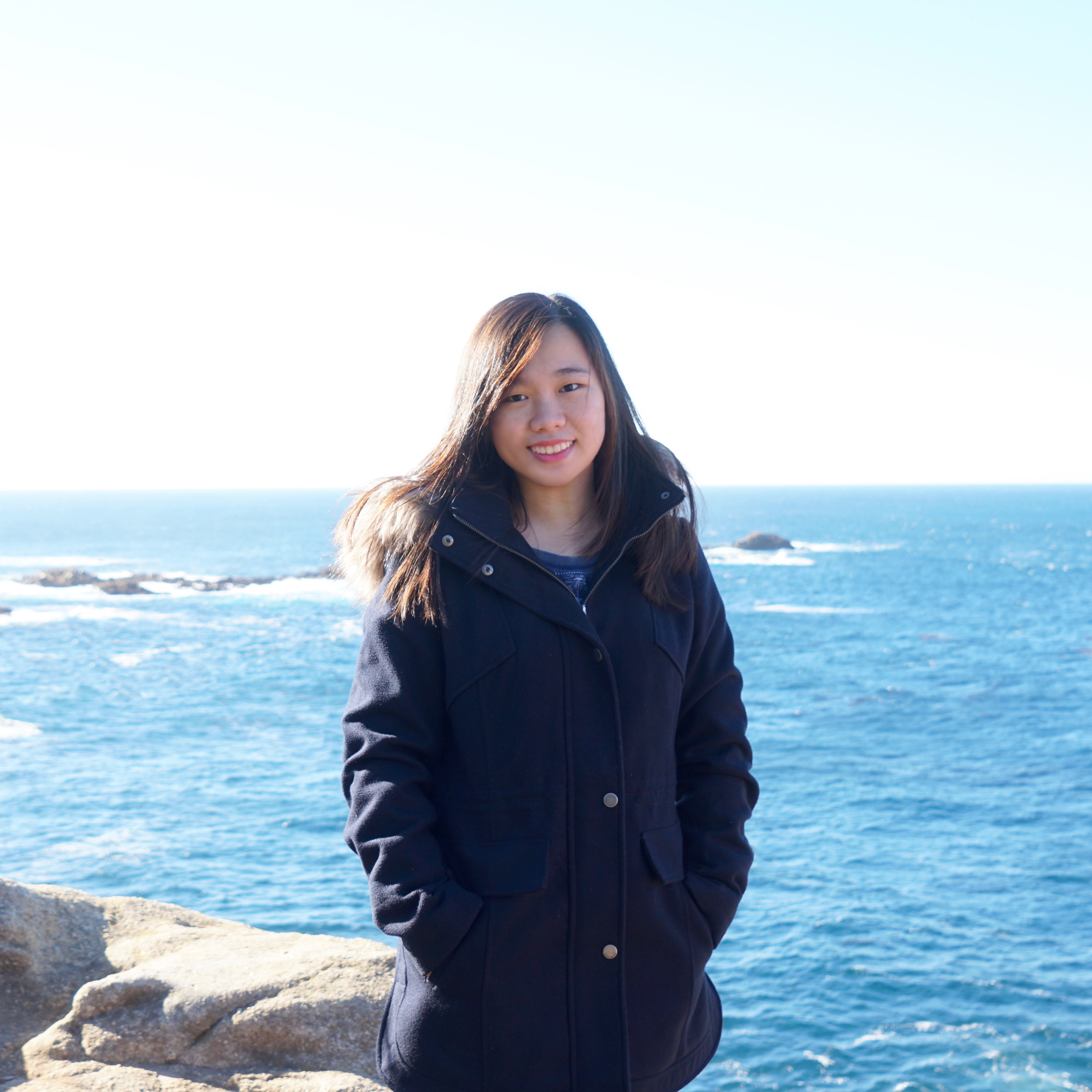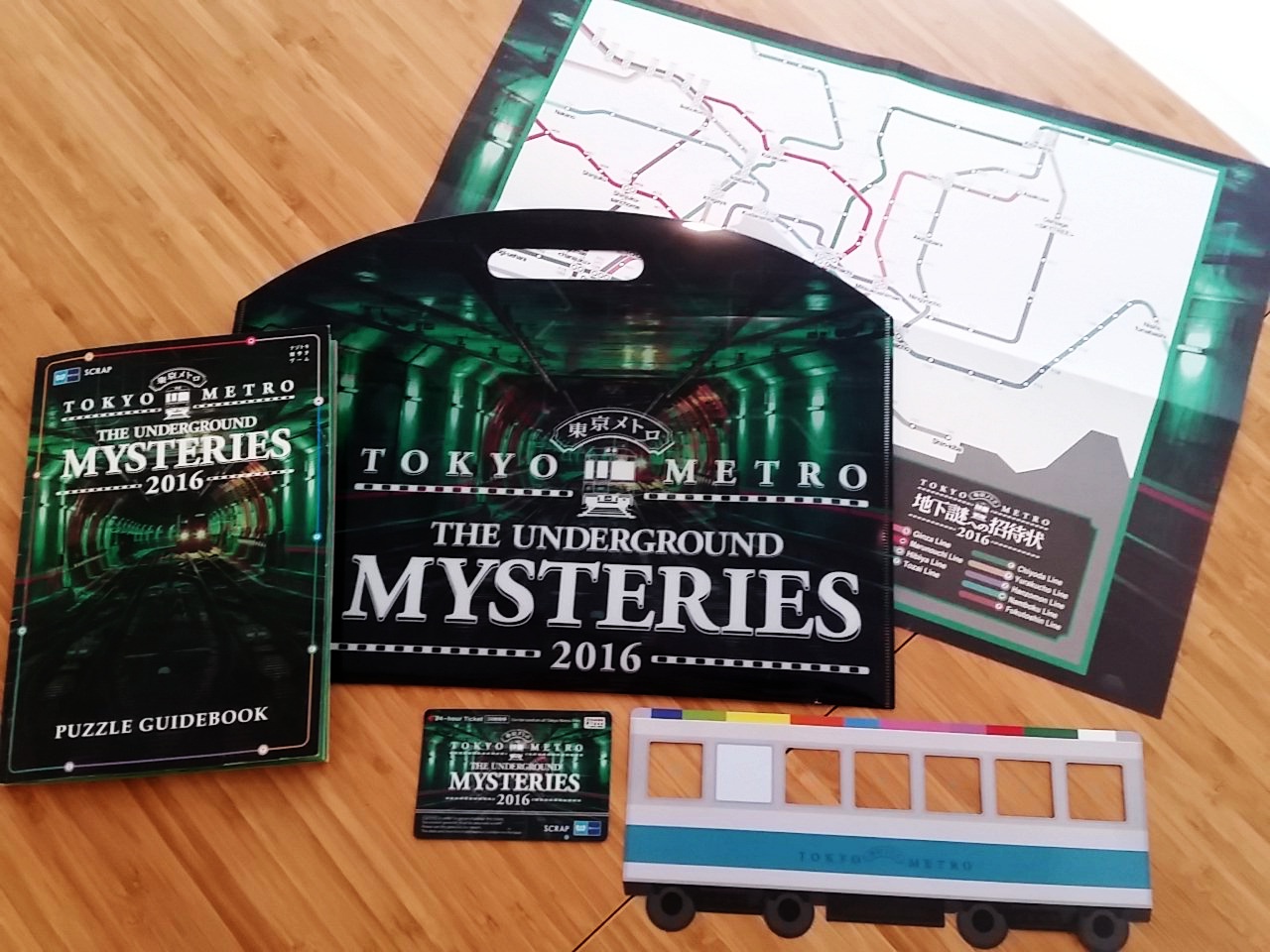Detailed Write Up On Art Works
As we moved onto designing the experience, we picked out information which were required within the application or brochure. It was tough as we did not hope for the designed brochure to be too wordy. So we summarised the points and listed the basic information (Name, Artist, Date Created, Summarised Info).
The following is the link to our write up:
https://drive.google.com/open?id=1nwqaoSUMKxp0WLmeHeXR5n6wvOo_CxN4
Rebranding
As we discovered that the NTU museum does not have their own logo or main branding for its fun personality, we felt that it was crucial for them to differentiate themselves from the NTU body (academic/serious). Although they are a subsidiary of the school, they need a more distinct identity in order to gain more awareness as a museum which had its own artistic side. Therefore, we created a logo for this project using the word ‘Muse’, which was an abbreviation to ‘Museum’ and also has a doubled meaning of a creativity side of the user. It is also a catchy name as compared to the lengthier ‘NTU museum’.
We decided to go with blue and grey for our colour palette. Through research, we found out that Blue aids the mind to learn, which is why it was widely used for educational purpose. Since NTU is an educational institution, we wanted to portray the academia side of the Museum using this colour as well as subconsciously aiding the users to learn about the artworks.
Spatial Elements Design
Next, we discussed on the medium in which we will use to deliver the tour. Our concept was to provide a tour that allows users be at ease when travelling around the school visiting the artworks exhibited. Hence we thought of having a physical map (brochure) and a digital map (application) available for the users to navigate. Also we decided to incorporate soundscapes for certain artworks to bring out the theme or environment that the artwork was trying to express. Moreover, we created digital ‘stickers’ in which users can collect through the app as an attempt to deepen the user’s understanding and interaction with the
As we chose a panel folding method of our brochure design, we thought of the direct folds creating panels as though reflecting a real museum observational panels. This improves the user experience flow as they look at the panels as pages of information. Rather than cramming all information in a one page poster-like design.
Also, together with the mobile application design, we used an overall colour scheme of blue and grey for the best results of a learning based experience.





/child-using-paintbrush-and-blue-ink-to-make-invisible-numbers-appear-on-paper-90116666-570e58123df78c7d9e514fb6.jpg)









